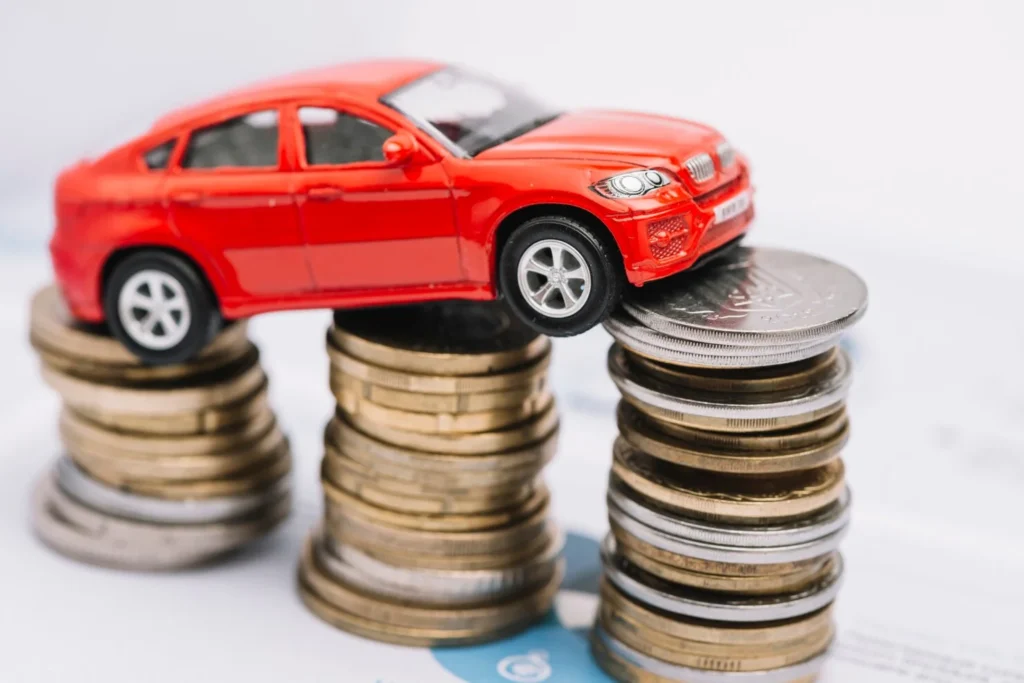Luxury car ownership has conventionally been associated with success, high-end design, great performance, and advanced technology. But these prestigious cars come with costs that perhaps even the best-prepared owner will find astounding.
Although a lot of people believe the initial price is the most overwhelming cost, keeping a luxury car often entails serious ongoing investments. From specialized repairs to premium fuel, these hidden costs can add up rather quickly.
Whether you are thinking of going into the world of luxury or classic cars, perhaps with the iconic muscle cars on Dyler, here is a deeper look at some things you should know about these expenses to help you make an informed decision.
1. Premium Parts and Repairs
Most luxury cars are built with special components that distinguish them from regular vehicles. These parts are not only expensive but, most of the time, available through specific manufacturers or special kinds of dealerships.
That same part replacement in a luxury vehicle could be two or three times more than in a regular car. For example, a headlight for a luxury model might be some custom LED design featuring adaptive capabilities and thus costs thousands of dollars to replace.
The repairs of luxurious cars require highly specialized technicians, especially if the car is installed with very special technology or unique modifications. Regular repair shops might also not have the expertise or tools to deal with high-end models. This means owners take their vehicles to either authorized service centres or specialists, adding a little more cost to the bills.
Upscale brands also introduce new components at a much slower rate. Therefore, even small repairs become lengthy, costly affairs when certain parts aren’t available right away.
2. Specialized Maintenance Services
Beyond repairs, luxury cars also need more frequent maintenance specifically designed for their advanced systems. This is far beyond simple routine oil changes or tire rotations. For instance, a luxury car may require high-performance engine oil, which is much more expensive compared to the ordinary oil. Moreover, other models require extra servicing for suspension systems, electronic gadgets, or advanced braking systems, which tend to add up to overall higher costs.
For the most part, dealerships and service centers will suggest that luxury cars need servicing more often if it is to continue performing optimally throughout their lifetime. Unlike other cars that may have routine maintenance services after 10,000 miles, a luxury car may demand maintenance after 5,000 miles, which thus significantly raises by double fold the cost of routine maintenance services.
3. Higher Insurance Premiums
Insurance for luxury cars is invariably much more expensive than what one would pay for a standard car. The insurance companies base their rate determinations on a number of factors, including the value of the car itself, the performance capability of the vehicle, and the cost associated with the repair of the car. Since many of the luxury cars have high-performance engines with advanced safety features and have specialized parts, the insurance companies view these cars as a higher risk and more expensive to insure.
Besides this fact, some models of luxury cars have greater statistical likelihood of being stolen, which increases their insurance costs even more. While having a luxury automobile brings added prestige along with ownership, one also has to put up with considerably higher annual insurance costs.
The premium cost can vary depending on brand, model, and driving history of the owner, but the price of insurance between a regular car and a luxury model is substantial.
4. Depreciation and Resale Value
Depreciation tends to be one of the least recognized costs on a luxury car bought by the people. While certain models are better in retaining value, most new luxury cars lose their values rapidly within the first couple of years of ownership. The rates of depreciation do vary wildly depending on make and model, but it’s not unusual for a luxury car to lose perhaps up to 50 percent of its original value in five years.
The resale market for luxury cars is rough, and unless the car has something no other car has, or is especially sought after by collectors, the owners might not be able to resell it. Rapid depreciation hits such owners very badly, who had planned to change their car after a couple of years and receive much less than they had expected from the resale.
5. Fuel and Efficiency Costs
Powerful engines are often installed in the luxury cars, which provide excellent performance at the cost of increased fuel consumption. Most models of luxury cars need premium class gasoline, which is more expensive than usual fuel. The high-performance engines can also result in low fuel economy in case of vehicles with large and turbocharged engines.
The expenditure on fuel becomes very high, especially for people using these cars for frequent travel or long-distance journeys. While the newer models have been designed to be more fuel-friendly, most cars of this class have been constructed to provide performance at the cost of economy, and thereby extravagant fuel prices cannot be shunned.
6. Tires and Wear-Related Expenses
The performance of the more expensive cars is complemented by special tires. These special tires also have special tread patterns, sizes, or compounds and must be replaced rather more frequently than regular tires. The high-performance or all-season tires developed for luxury model vehicles are expensive and usually last 25,000 to 30,000 miles.
Other parts, such as brake pads and rotors, will also wear out more frequently in luxury cars because of their high-performance driving style. Replacing these with the high-quality options that the luxury brands require also adds to the continued cost of keeping the vehicle at optimum performance.
7. High-Tech Features and Updates
From their premium sound systems to touchscreens, AI-assisted safety features, and semi-autonomous driving, they are the epitome of luxury cars with advanced technologies. While these value additions enhance the feel of driving a car, they also come with maintenance costs. Software updates for navigation systems, electronics, and digital displays are not usually covered under regular maintenance plans.
Due to this, the repair or replacement of such highly developed systems can be very expensive and, sometimes really time-consuming when technology goes wrong. In other cases, owners may even have to update systems to continue pace with new technological advancements, especially in instances of cars integrating more digital and AI-driven components.
8. Luxury Taxes and Fees
Some countries charge extra luxury taxes or duties when one purchases a high-end automobile. These also differ according to country and at times according to state, apart from the basic cost of ownership.
Annual vehicle registration costs for luxury cars are also costlier than in ordinary cars, because such fees are calculated on the current market value of the vehicle. These ongoing fees and taxes constitute another layer of cost for owners of cars in the luxury segment.
Conclusion
Owning a luxury car is far more than just the buying price. The maintenance, insurance, fuel, and depreciation costs are so hidden that it makes owning very expensive; that is where owning a luxury car becomes an investment. While little can be done to take away the excitement of driving around in a very expensive automobile, such ongoing expenses will have to be carefully thought about.
To the true enthusiast who enjoys prestige and performance in high-end models, sure enough, there are costs hidden that will be well worth it. Also, realizing these financial facts allows the future owner to make informed choices without surprises and enjoy their experience in driving a luxury car.







